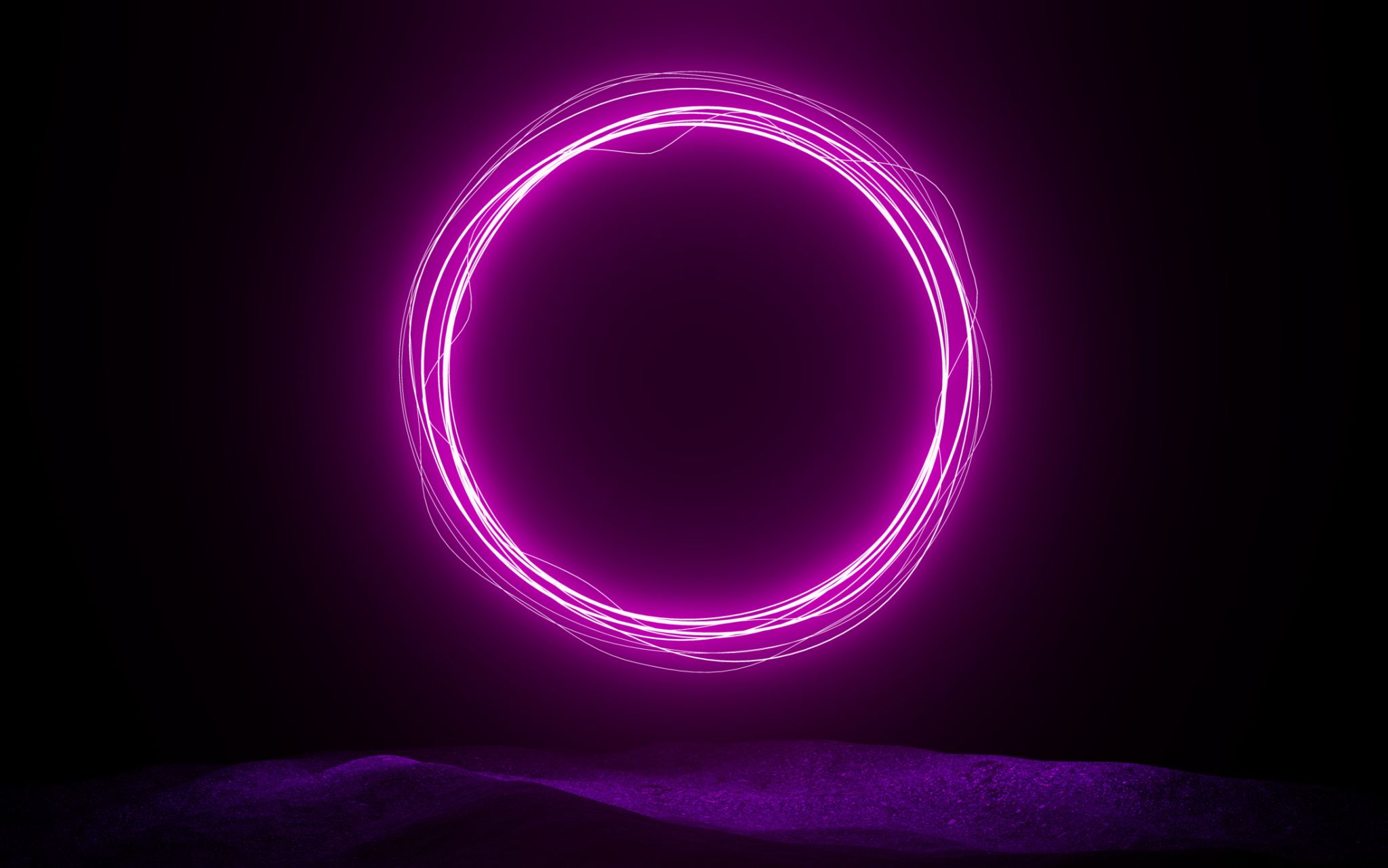Exploring Modern Web Design Trends: Creating Engaging User Experiences
The Evolution of Web Design
The world of web design is ever-evolving, with new trends emerging every year. These trends not only define the aesthetic elements of a website but also play a crucial role in crafting engaging user experiences. As businesses continue to compete for attention in the digital space, staying updated with modern web design trends is essential.
In recent years, we've seen a shift from flashy designs to more user-centric approaches. Designers are now focusing on creating interfaces that are not only visually appealing but also intuitive and easy to navigate. This shift underscores the importance of understanding user behavior and preferences.

Minimalism and Simplicity
One of the most prominent trends in modern web design is minimalism. With a focus on simplicity, designers are stripping away unnecessary elements to create clean and straightforward layouts. This approach not only enhances the visual appeal but also contributes to faster load times and improved user experience.
Minimalist designs often rely on ample white space, bold typography, and a limited color palette. These elements work together to highlight essential content and guide users' attention to key areas of the website. The result is a more focused and engaging user experience.

Responsive and Mobile-First Design
As mobile devices continue to dominate internet usage, responsive design has become a standard practice in web development. A responsive website automatically adjusts its layout and elements to fit the screen size of the device being used, ensuring a seamless experience across desktops, tablets, and smartphones.
Moreover, the mobile-first approach has gained traction as designers prioritize developing sites for smaller screens before scaling up for larger ones. This strategy ensures that all users have access to a fully functional and engaging experience, regardless of their device.
Interactive and Immersive Experiences
Interactivity has become a key component of modern web design. Websites are no longer static pages; they are dynamic environments that engage users through interactive elements such as animations, micro-interactions, and gamification. These features not only enhance user engagement but also make the browsing experience more enjoyable.

Additionally, immersive experiences like virtual reality (VR) and augmented reality (AR) are starting to make their way into web design. These technologies offer users an entirely new level of interaction, providing opportunities for businesses to showcase their products and services in innovative ways.
Focus on Accessibility and Inclusivity
With an increasing emphasis on inclusivity, modern web design trends are incorporating accessibility features to ensure that websites are usable by everyone, including those with disabilities. This includes implementing features like keyboard navigation, screen reader compatibility, and high-contrast color schemes.
By prioritizing accessibility, designers not only comply with legal requirements but also create a more inclusive environment for all users. This focus on inclusivity is becoming a standard practice and reflects a broader trend towards more socially responsible design.

The Role of Artificial Intelligence
Artificial intelligence (AI) is revolutionizing web design by automating various aspects of the design process. AI tools can analyze user data to provide insights into behavior patterns, helping designers create more personalized experiences. Additionally, AI-driven chatbots enhance customer interaction by providing instant support and assistance.
As AI continues to advance, its integration into web design will lead to even more sophisticated and customized user experiences. By leveraging AI technologies, businesses can anticipate user needs and deliver content that resonates with their audience.
Conclusion
Exploring modern web design trends reveals a clear focus on creating engaging user experiences through minimalism, responsiveness, interactivity, accessibility, and artificial intelligence. As technology continues to advance, these trends will evolve, offering new opportunities for designers to innovate and captivate their audiences.
By staying informed about these trends and incorporating them into their digital strategies, businesses can ensure they remain competitive in an ever-changing online landscape.
